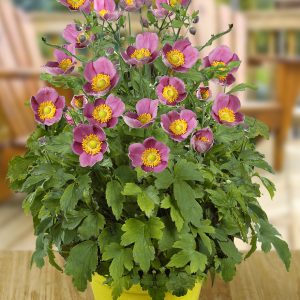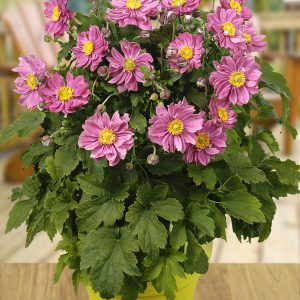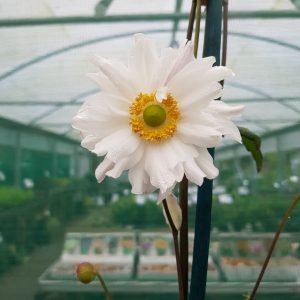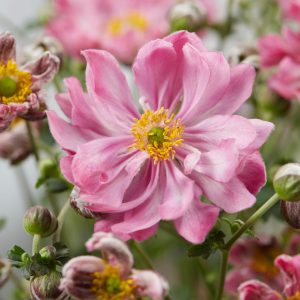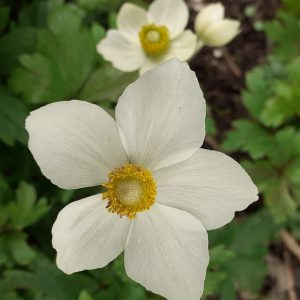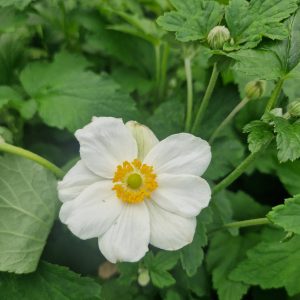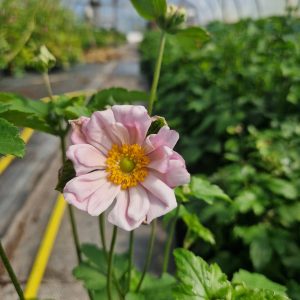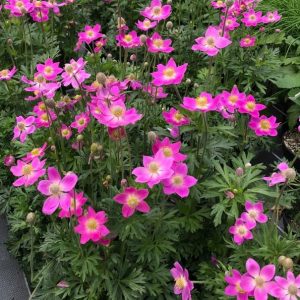Anemones, also known as windflowers, are elegant and diverse perennial plants that bring charm to gardens with their colourful blossoms. Follow this comprehensive planting guide to ensure the successful establishment and flourishing growth of your Anemone plants.
Selecting the Planting Site
Sunlight Requirements: Choose a planting site with partial to full sunlight. Most Anemones prefer filtered sunlight, especially in warmer climates.
Soil Conditions: Plant Anemones in well-draining soil that is rich in organic matter. Anemones are adaptable but thrive in slightly acidic to neutral soil pH.
Planting Time
Optimal Timing: Plant Anemones in the Autumn for spring blooms or in the spring for late summer to Autumn blossoms.
Planting Process
Prepare the Soil: Work the soil to a depth of 6 to 8 inches, incorporating organic compost or well-rotted manure for added fertility.
Tuber Planting: Plant Anemone tubers (rhizomes) at a depth of 2 to 4 inches, spaced about 6 to 12 inches apart, depending on the variety.
Container Plants: If planting container-grown Anemones, dig a hole slightly larger than the root ball, place the plant, and backfill with soil.
Watering
Initial Watering: Water thoroughly after planting to settle the soil and encourage root establishment.
Regular Watering: Keep the soil consistently moist, especially during dry periods. Adequate moisture is crucial during the growing season.
Mulching
Mulch Application: Apply a layer of organic mulch around the plants to conserve soil moisture, suppress weeds, and regulate soil temperature.
Mulch Depth: Maintain a 2-3 inch layer of mulch, ensuring it does not touch the plant’s base.
Fertilisation
Balanced Fertiliser: Apply a balanced, slow-release fertiliser in early spring as new growth emerges. Follow the package instructions for proper application rates.
Avoid Excessive Nitrogen: Limit high-nitrogen fertilisers to prevent excessive foliage growth.
Support and Staking
Staking Tall Varieties: Some taller Anemone varieties may benefit from staking to provide support for the flowering stems.
Pruning
Deadheading: Remove spent flowers regularly to encourage continuous blooming and prevent self-seeding.
Autumn Clean up: Trim back the foliage in late Autumn or early spring for a tidy appearance and to promote new growth.
Pest and Disease Management
Aphid Control: Monitor for aphids, especially in the spring. Treat any infestations promptly.
Good Air Circulation: Proper spacing between plants encourages good air circulation, reducing the risk of fungal diseases.
Division
Periodic Division: Every 2-3 years, consider dividing mature Anemone clumps to rejuvenate the plants. Spring is an ideal time for division.
Replanting: Lift the clumps, divide them, and replant healthy sections in well-prepared soil.
By following these guidelines, you’ll establish a healthy and vibrant Anemone garden. Adjust care based on your specific growing conditions and the particular needs of the Anemone varieties you have planted. Enjoy the delicate beauty and allure that Anemones bring to your garden!



